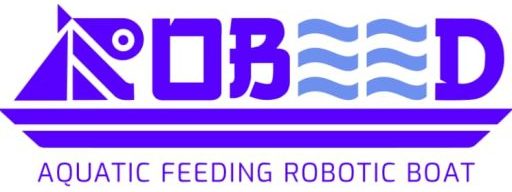
Diving into Aquaculture: A Global Perspective on the Growing Industry
Introduction:
Aquaculture, the farming of aquatic organisms such as fish, shellfish, and aquatic plants, has emerged as one of the fastest-growing sectors of the global food industry. With the world’s population projected to reach 9.7 billion by 2050, the demand for seafood is expected to increase significantly, driving the expansion of aquaculture operations worldwide. In this blog, we delve into the dynamic landscape of the aquaculture industry, exploring its growth, challenges, and potential for sustainable development on a global scale.
Growth of the Aquaculture Industry:
In recent decades, the aquaculture industry has experienced remarkable growth, fueled by increasing demand for seafood, declining wild fish stocks, and advances in technology and management practices. According to the Food and Agriculture Organization (FAO), global aquaculture production reached 82.1 million tonnes in 2020, surpassing wild-caught fisheries as the primary source of seafood for human consumption.
Asia-Pacific region, particularly China, remains the powerhouse of global aquaculture production, accounting for the majority of farmed seafood output. China alone produces over two-thirds of the world’s aquaculture products, including freshwater fish, shellfish, and seaweed. Other major aquaculture-producing countries in the region include India, Indonesia, Vietnam, and Thailand, which contribute significantly to the global seafood supply.
In addition to Asia-Pacific, aquaculture is rapidly expanding in other regions, including Latin America, Africa, and Europe. Countries such as Norway, Chile, and Ecuador are leading producers of farmed salmon and shrimp, catering to international markets with high-quality seafood products. In Africa, tilapia farming is gaining momentum, offering opportunities for economic development and food security in the region.
Challenges and Opportunities:
Despite its rapid growth, the aquaculture industry faces several challenges, including environmental sustainability, disease management, and social responsibility. Intensive aquaculture operations can lead to habitat degradation, water pollution, and disease outbreaks, posing risks to aquatic ecosystems and human health. Addressing these challenges requires innovative solutions and concerted efforts from industry stakeholders, policymakers, and researchers.
One of the key challenges in aquaculture is the sustainable sourcing of feed ingredients. Traditionally, aquafeeds have relied heavily on wild-caught fish as a protein source, leading to concerns about overfishing and depletion of marine resources. To address this challenge, the industry is exploring alternative feed ingredients, such as algae, insects, and plant proteins, which offer a more sustainable and environmentally friendly option for aquafeed production.
Disease management is another significant challenge in aquaculture, with disease outbreaks causing substantial economic losses and environmental damage. Intensive farming practices, high stocking densities, and movement of live animals increase the risk of disease transmission and spread. Developing effective vaccines, implementing biosecurity measures, and adopting sustainable farming practices are essential for mitigating disease risks and ensuring the long-term sustainability of aquaculture operations.
Despite these challenges, aquaculture offers significant opportunities for economic development, food security, and poverty alleviation, particularly in developing countries. By providing employment opportunities, generating income for rural communities, and supporting small-scale farmers, aquaculture contributes to economic growth and livelihood improvement. Moreover, as a highly efficient source of protein production, aquaculture plays a crucial role in addressing global food security challenges and meeting the dietary needs of a growing population.
Moving Towards Sustainability:
Achieving sustainability in aquaculture requires a holistic approach that balances economic, environmental, and social considerations. This includes promoting responsible aquaculture practices, adopting ecosystem-based management approaches, and enhancing transparency and traceability throughout the supply chain. Collaboration between government agencies, industry stakeholders, and civil society is essential for developing and implementing policies and initiatives that promote sustainable aquaculture development.
In conclusion, the aquaculture industry plays a vital role in meeting the world’s growing demand for seafood while contributing to economic development, food security, and poverty alleviation. However, addressing the industry’s sustainability challenges requires concerted efforts from all stakeholders to ensure the long-term health and resilience of aquatic ecosystems and the well-being of future generations. By embracing innovation, fostering collaboration, and promoting responsible practices, the aquaculture industry can continue to thrive and contribute positively to global food security and environmental conservation efforts.

